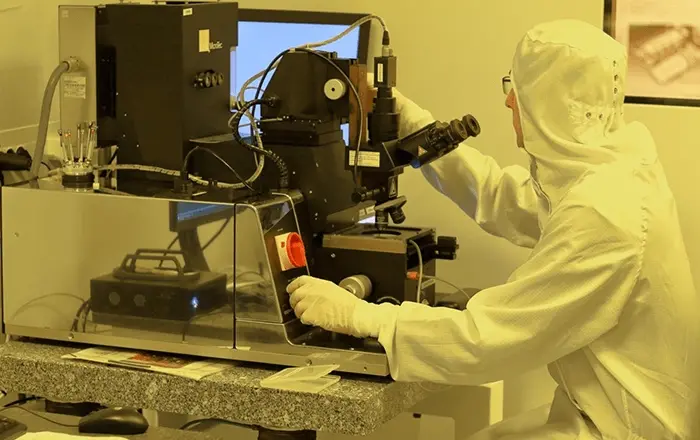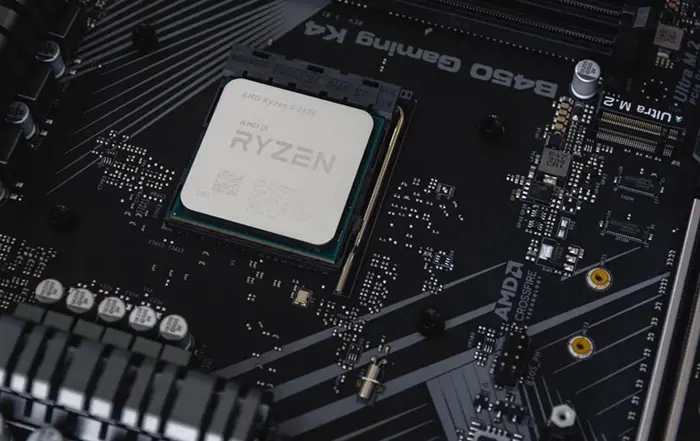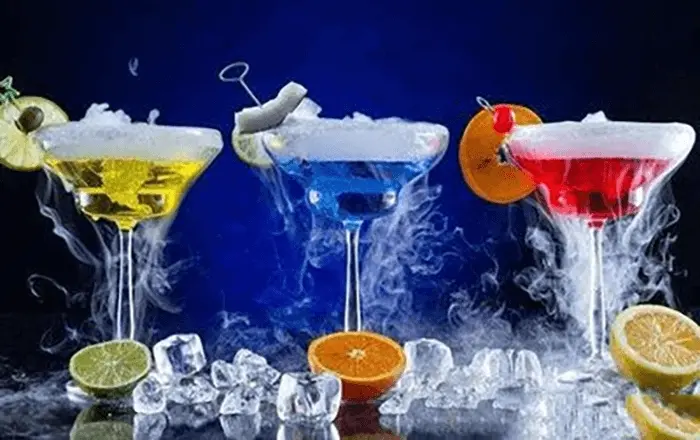Other specifications of packaging can be provided according to customer requirements
















Oxygen 99.999% purity Industrial Gas O2
Oxygen is obtained on a commercial scale by liquefaction and subsequent air distillation. For very high purity oxygen, it is often necessary to pass through secondary purification and distillation stages to remove the product from the air separation plant. Alternatively, high-purity oxygen can be produced by electrolyzing water. Lower purity oxygen can also be produced using membrane technology.
Oxygen is mainly used for breathing. Under normal circumstances, people obtain oxygen by inhaling air to meet the needs of the body. However, in some special occasions, such as diving operations, mountaineering, high-altitude flight, space navigation, and medical rescue, due to the insufficient or complete lack of oxygen in the environment, people need to use pure oxygen or oxygen-rich equipment to maintain life. These situations often involve conditions such as high altitude, low air pressure, or enclosed Spaces that make routine air breathing difficult or unsafe. Therefore, in these specific environments, oxygen becomes a key factor in maintaining normal breathing in the human body.
Oxygen 99.999% purity Industrial Gas O2
Parameter
| Property | Value |
|---|---|
| Appearance and properties | Colorless and odorless combustion-supporting gas. The liquid oxygen is a light blue color, and the solid becomes a pale snowflake blue color. |
| PH value | Meaningless |
| Melting point (℃) | -218.8 |
| Boiling point (℃) | -183.1 |
| Relative density (water = 1) | 1.14 |
| Relative vapor density (air = 1) | 1.43 |
| Octanol/water partition coefficient | No data available |
| Vapor pressure | No data available |
| Flash point (°C) | Meaningless |
| Ignition temperature (°C) | Meaningless |
| Natural temperature (°C) | Meaningless |
| Upper explosion limit % (V/V) | Meaningless |
| Lower explosion limit % (V/V) | Meaningless |
| Decomposition temperature (°C) | Meaningless |
| Solubility | Slightly soluble in water |
Safety Instructions
Emergency overview: Oxidizing gas, combustion aid. The cylinder container is prone to overpressure when heated, and there is a risk of explosion. Cryogenic liquids are easily conductive causing frostbite.
GHS Hazard Class: According to the Chemical Classification, Warning Label and Warning Specification series standards, the product belongs to oxidizing gas Class 1; Gas under pressure a compressed gas.
Warning word: Danger
Hazard information: may cause or aggravate combustion; Oxidizing agent; Gases under pressure that can explode if heated:
Precautions:
Precautions: Keep away from heat sources, open flames, and hot surfaces. No smoking in the workplace. Connected valves, pipes, instruments, etc., are strictly prohibited from grease. Do not use tools that may cause sparks. Take measures to prevent static electricity. Ground containers and connected devices. Accident response: cut off the leak source, eliminate all fire hazards, reasonable ventilation, accelerate diffusion.
Safe storage: Avoid sunlight and store in a well-ventilated place. Store in isolation from reducing agents and flammables/combustibles.
Disposal: This product or its container shall be disposed of in accordance with local regulations.
Physical and chemical risk: the gas has combustion-supporting and oxidizing properties. Compressed gas, cylinder container is easy to overpressure when heated, there is a risk of explosion. If the mouth of the oxygen bottle is stained with grease, when the oxygen is rapidly ejected, the grease rapidly oxidizes, and the heat generated by the friction between the high-pressure air flow and the mouth of the bottle further accelerates the oxidation reaction, the grease contaminated on the oxygen bottle or pressure reducing valve will cause combustion or even explosion, liquid oxygen is a light blue liquid, and has strong paramagnetism. Liquid oxygen makes the material it touches very brittle. Liquid oxygen is also a very strong oxidizing agent: organic matter burns violently in the liquid. Some substances can explode if immersed in liquid oxygen for a long time, including asphalt. Health hazard: At normal pressure, oxygen poisoning may occur when the oxygen concentration exceeds 40%. When 40% to 60% oxygen is inhaled, there is retrosternal discomfort, light cough, and then chest tightness, retrosternal burning sensation and dyspnea, and cough aggravation: pulmonary edema and asphyxia may occur in severe cases. When the oxygen concentration is above 80%, the facial muscles twitch, pale face, dizziness, tachycardia, collapse, and then the whole body tonic convulsions, coma, respiratory failure and death. Skin contact with liquid oxygen can cause severe frostbite.
Environmental hazard: harmless to the environment.


















